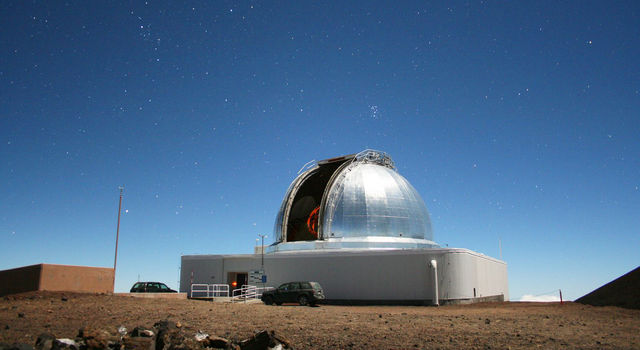Blogs | JPL | October 15, 2009
Tackling Clouds for Improved Predictions of Future Climate
Today, JPL Earth scientist Hui Su joins thousands of other bloggers in more than 130 countries around the world for the Blog Action Day '09 Climate Change.
Blog Action Day is an annual event that unites the world's bloggers in posting about the same issue on the same day, with the aim of sparking discussion around an issue of global importance. The theme of this year's event, climate change, affects us all and will be the topic of international climate negotiations taking place in Copenhagen, Denmark, this December.
As a world leader in studying Earth's climate, NASA researchers play a vital role in shaping our understanding of global change. In today's post, Su discusses the critical role clouds play in climate, and why learning more about them is a key to predicting how our climate will change in the future. For more information on Blog Action Day, visit: http://www.blogactionday.org .
Clouds are among the most fascinating natural phenomena and have inspired countless works of literature and art. Their ever-changing forms make them a great challenge to atmospheric scientists working to predict how our climate will change in the future in response to increasing greenhouse gases such as carbon dioxide.
Clouds occur at many different heights in our atmosphere and take many different forms. There are three main types of clouds: stratus, cumulus and cirrus. Stratus clouds are low clouds, usually within 2 kilometers (7,000 feet) above the surface. They look like a gray blanket, extending thousands of kilometers across the sky. Cumulus clouds look like puffy cotton balls and extend vertically for large distances. The third type is wispy and feathery-looking cirrus. Cirrus clouds are usually high in the sky, about 7 kilometers (23,000 feet) above the surface. These three types of clouds have different impacts on Earth's climate due to their unique abilities to reflect sunlight and trap heat radiated from Earth's surface.
Stratus clouds can effectively block sunlight from reaching the surface; therefore, they act as an umbrella that cools Earth. Cirrus clouds are relatively transparent to sunlight but can trap terrestrial radiation, JUST AS carbon dioxide does, so they have a net warming effect on Earth. Cumulus clouds can block sunlight and also trap terrestrial radiation. Their net effect varies greatly depending on their actual heights and thicknesses.
Climate scientists have long struggled to quantify how different types of clouds change when global warming occurs. For example, an increase in stratus clouds may cool Earth's surface, compensating for global warming; while an increase in cirrus clouds may further warm Earth's surface, exacerbating global warming. Up to now, scientists have not been able to come to a consensus as to whether stratus, cumulus or cirrus clouds will increase or decrease as global temperatures increase.
A key advancement in cloud studies in recent years has been the availability of global satellite observations of clouds, especially the measurements of clouds at different heights provided by NASA satellites like CloudSat, managed by NASA's Jet Propulsion Laboratory (JPL). These observations are allowing scientists to better simulate clouds in climate models, which are the primary tools climate scientists use to predict future climate change. Up till now, the dynamic nature of clouds has made them very difficult to simulate in current climate models. But by applying space data, we at JPL are working closely with modelers to improve cloud simulations and thereby improve predictions of future climate change.
To learn more about JPL's research in this field and the CloudSat mission, visit: http://cloudsat.atmos.colostate.edu/home .
TAGS:EARTH, CLIMATE, BLOG, ACTION DAY, CLOUDSAT, CLOUDS








